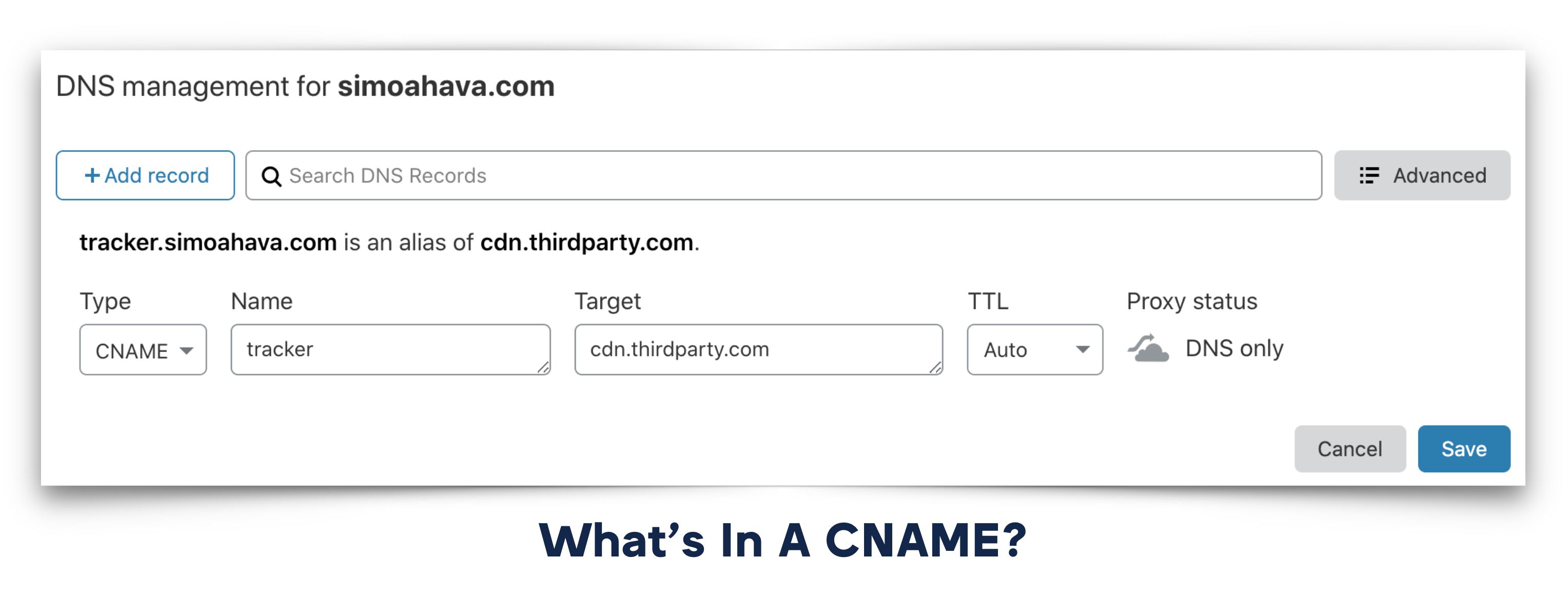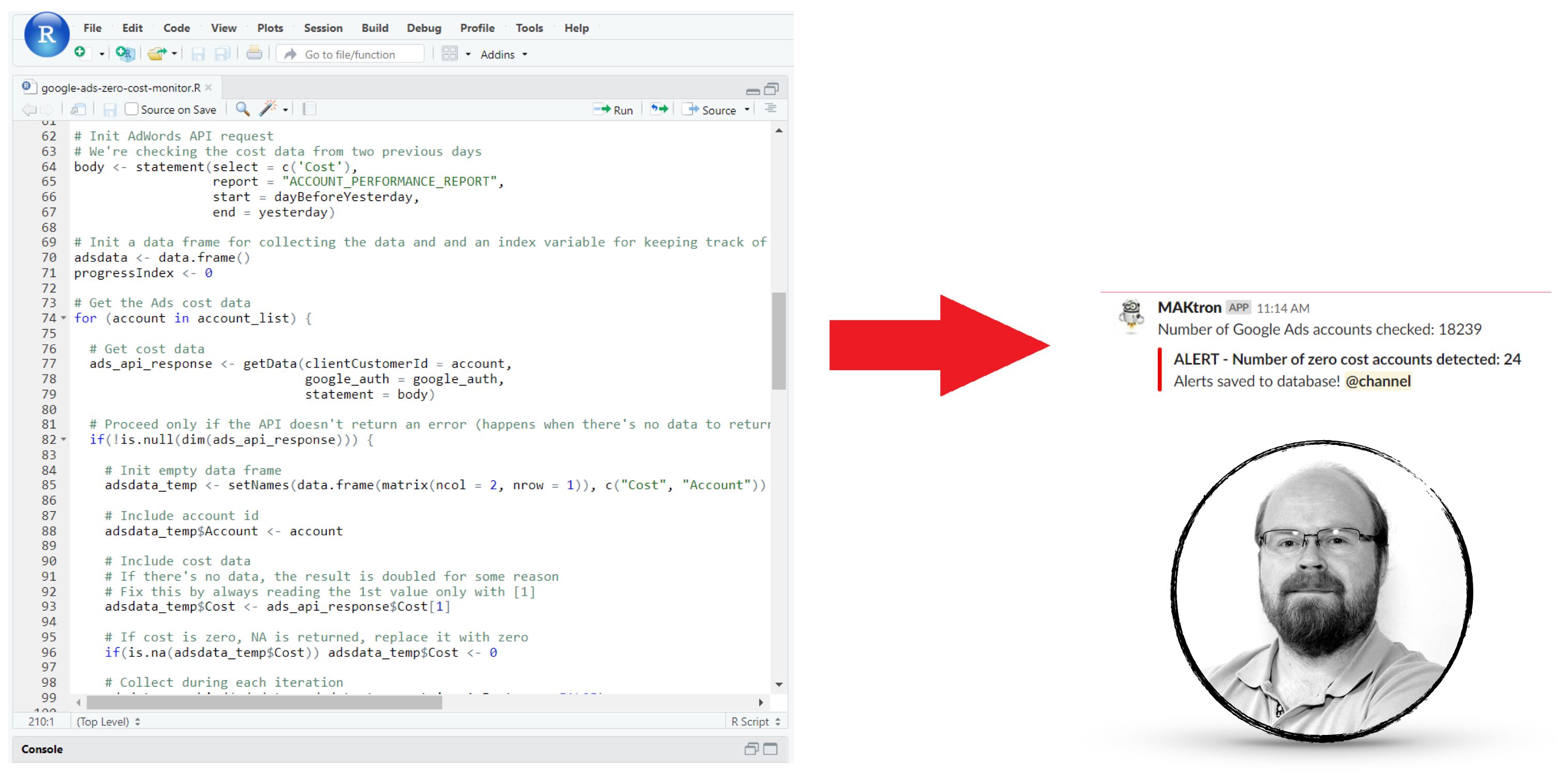With the rise of ad and content blockers (think Ghostery and uBlock Origin), as well as browser tracking protections (see www.cookiestatus.com), marketing technology vendors have their work cut out for them. And when I refer to “their work”, I mean they have to proactively identify and exploit any loopholes they can find to keep on collecting their precious data.
In this article, I’ll take a look at one such exploit vector, the Canonical Name (CNAME) DNS record, in particular.




